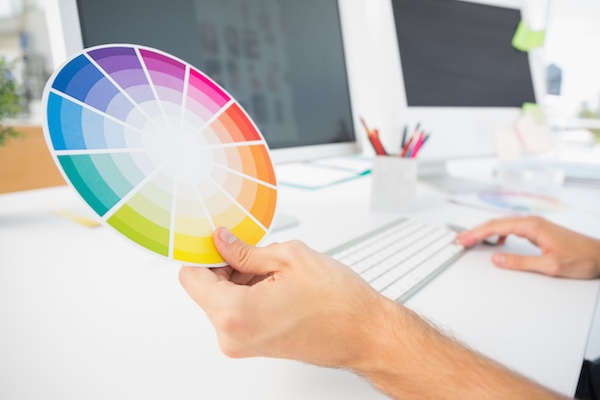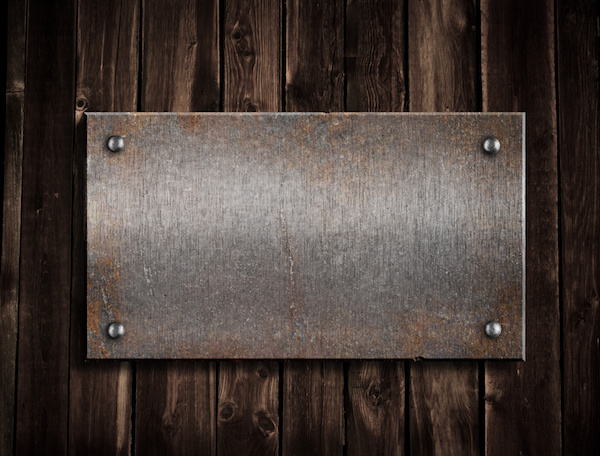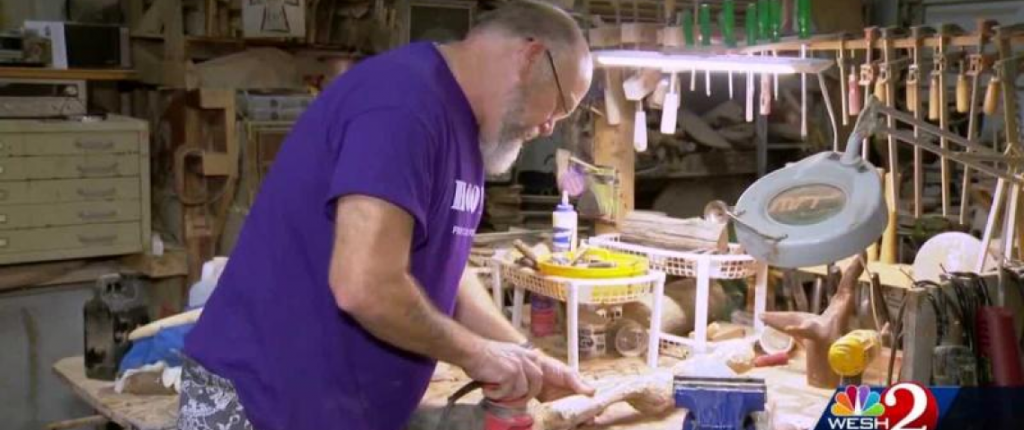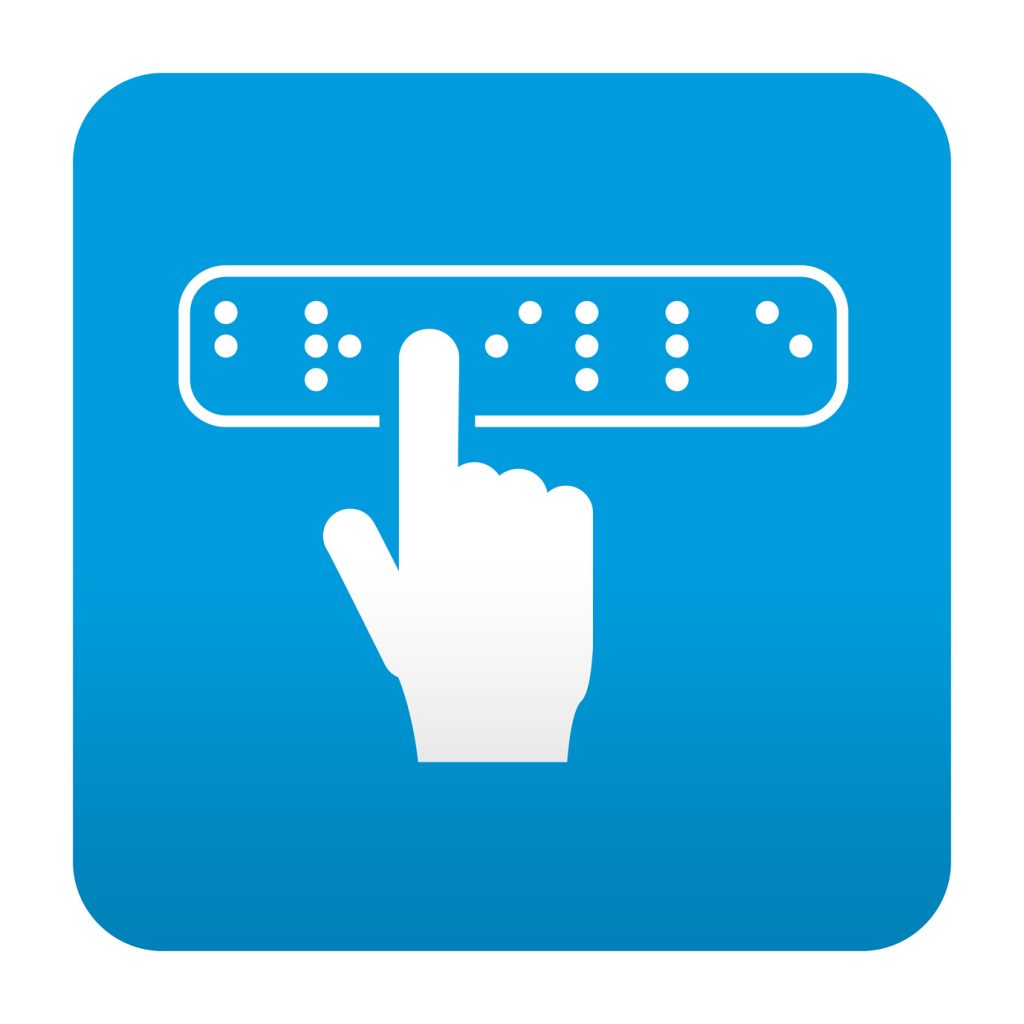Mark Twain is supposed to have said that the difference between the right word and the almost right word is like the difference between lightning and a lightning bug. And while it might be a good joke, it’s a point that is very solid. Exactness in color should not be measured in degrees, especially with the presence of today’s measuring technology. To have a job done correctly and completely, one of the standards it should meet is the perfect match of the color mixture.
The world is full of examples of colors that do not match. As a result, in the realms of business, sports, and many more, there are plenty of instances where confusion reigns supreme when it comes to color matching. Regardless of your purpose, you should have given standards when it comes to color in your product, advertising, and even your company letterhead. Without continuity in these areas and many more, your public cannot easily identify the relationship between your company, products, services, and the image you project.
The truth is that consumers come to expect the products they buy to have the same family of colors, design, and other elements from one product to the next. In the past, printers, graphic artists, and other professionals had tools such as the Pantone matching system to not only order colors for completed projects, but they could use it to also evaluate the quality of the color on the finished job. The standard of the finished quality was often at the mercy of the printer, but it still served its purpose for many years. The trouble, of course, was that, for example, if a graphic artist wanted an ad to reflect Pantone color number 032, what resulted was often at best an approximation of that color. After all, mixing a color was largely a matter of by guess and by golly. Not anymore. Not only are there more exacting methods of getting color right, but ink manufacturers not only use the Pantone matching system in their offerings, but they produce finished inks in the most popular colors as well. Either way, graphics artists are better able to control the quality of the colors they end up within the final result.
Even in cases where colors might be the same, different effects can result in what sometimes appears to be a different color. This is the case of different types of paper that need specialized types of inks to match. For example, even in chip books that are prepared to give users as close a look as possible to the final appearance, ink can look different. This can happen, for example, when papers are coated, uncoated, or matte. Printers and graphic artists must work together in order to achieve the look that they both want. And why not? Exactness in color matching is just another tool that allows graphic artists, printers, and their final customers to achieve a good final result.
Interestingly, there have been so many advancements in printing technology over the past few years that the final result is more often than not a satisfied customer. This is because in the past so much of what was called a quality end result was simply a meeting of the minds over what a color represented. Unfortunately, this was often just a matter of guesswork, whether everyone was in agreement or not. After all, even in the best of times and conditions, good enough was often, well, good enough.
The good news in all of this is that with today’s standards and the tools we have available to measure them, the end result can be colors that more people can agree will meet the needs of the end client. And fortunately, that’s not a brag, it’s a fact. The tools available to everyone in the creation and printing process allow everyone to have their own input in the process of printing a job, regardless of what it is to end with a better result than ever before. Even better is the fact that as printing technology continues to improve, this will lead to even greater advancements in the future, which will allow everyone to reach their respective goals.




